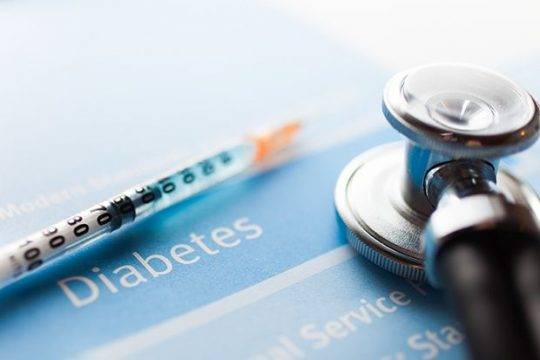The impact of diabetes in patients with coronary artery disease (CAD) are well known, and after percutaneous coronary intervention (PCI), outcomes tend to be less favorable, with higher restenosis rate, repeat myocardial infarction (MI) and stent thrombosis. Despite the development of drug eluting stents, procedures and techniques, treating bifurcation lesions in diabetic patients still show unfavorable outcomes and lower success rate vs. less complex coronary lesions.

The aim of this retrospective observational study based on real world data was to assess the impact of diabetes in bifurcation PCI using second generation stents. Also, researchers sought to identify adverse event predictors in diabetic patients at followup.
Primary end point was defined as major adverse cardiovascular events (MACE), including all cause death, acute MI or the need for new target lesion revascularization. (TLR).
The analysis looked at 5537 patients; 33% were diabetic. Diabetic patients were on average older and presented higher prevalence of kidney disease (p < 0.001), hypertension (p < 0.001), dyslipidemia (p < 0.001), prior MI (p = 0.02), prior PCI (p < 0.001) and prior CABG (p = 0.006). From an angiographic perspective, this group of patients had a higher incidence of diffuse CAD (p < 0.001) and severe calcification (p < 0.001), though there were no significant differences as regards left main compromise and Medina classification.
At 21 months, there was a significantly higher MACE rate in diabetic patients, vs non-diabetic (17% vs. 9%, p < 0.001). This finding also reflected in all cause death incidence (9% vs. 4%, p < 0.001), TLR (5% vs. 3%, p = 0.001), MI (4% vs. 2%, p < 0.001) and stent thrombosis (2% vs. 1%, p = 0.007).
As regards MACE predictors, chronic kidney disease (HR: 2.99; CI: 2.21–4.04, p < 0.001), baseline ejection fraction (HR: 0.98; CI: 0.97–0.99, p = 0.04), transfemoral approach (HR: 1.62; CI: 1.23–2.15, p = 0.001), and left main compromise (HR: 1.44; CI: 1.06–1.94, p = 0.02), main branch diameter (HR: 0.79; CI: 0.66–0.94, p = 0.01) and the use of final kissing balloon (HR: 0.70; CI: 0.52–0.93, p = 0.01) resulted independent predictors of MACE at followup.
Conclusion
Diabetic patients undergoing bifurcation PCI with second generation drug eluting stents presented higher MACE, all cause death, TLR and stent thrombosis incidence vs non-diabetic patients.

Dr. Andrés Rodríguez.
Member of the Editorial Board of SOLACI.org.
Original Title: Impact of diabetes on long‐term outcomes of bifurcation percutaneous coronary intervention. An analysis from the BIFURCAT registry.
Reference: Francesco Bruno MD et al Catheter Cardiovasc Interv. 2023;1–11.
Subscribe to our weekly newsletter
Get the latest scientific articles on interventional cardiology





